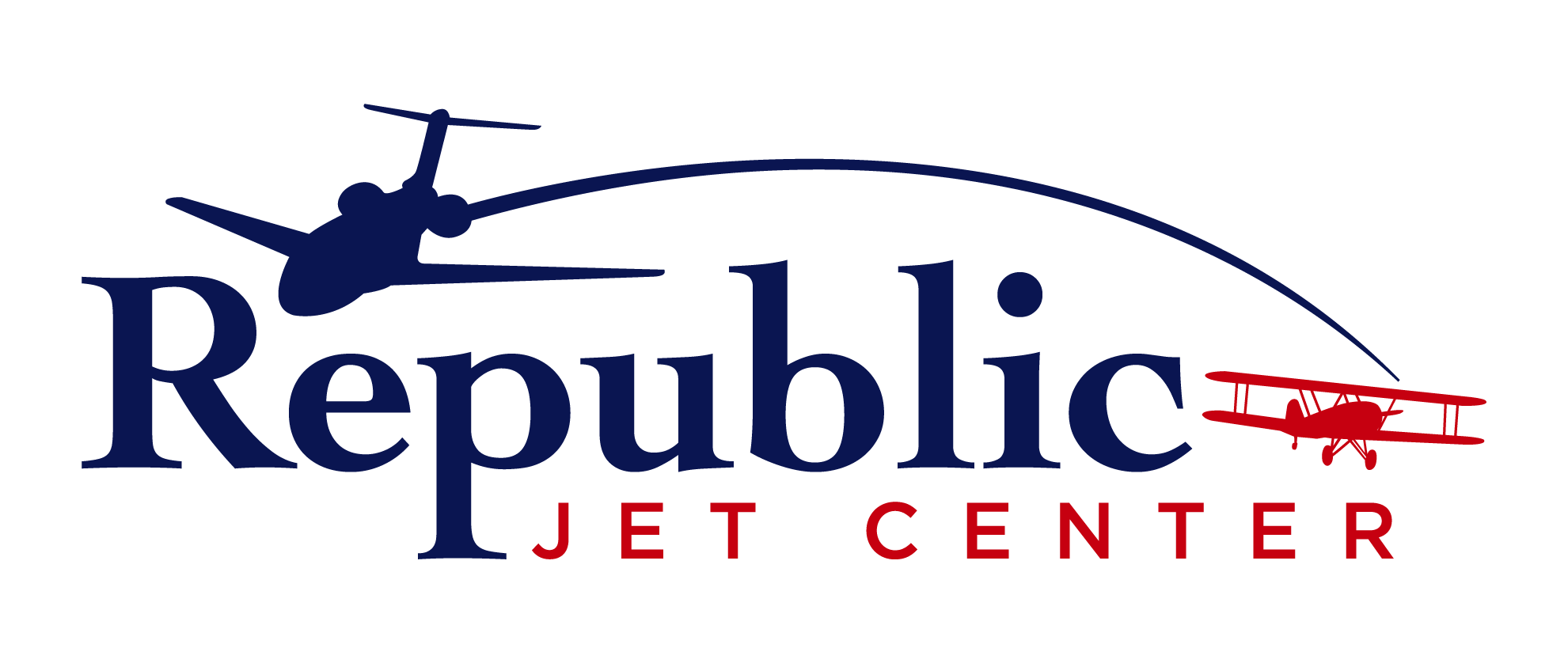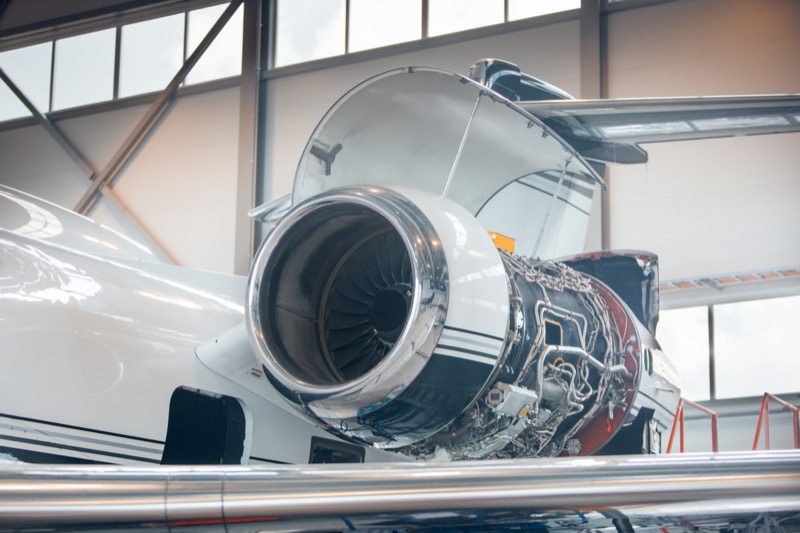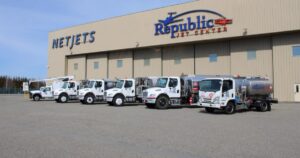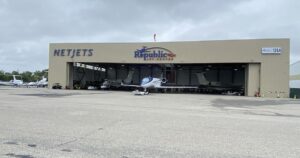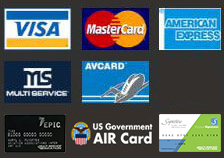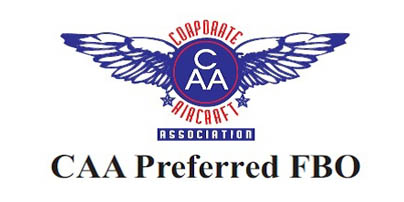Did you know that airplanes need check ups just like us? In fact they are on a schedule. Aircraft maintenance is usually performed every 18 months to six years. This depends on the type of aircraft and how often it’s used.
Preventative maintenance however takes place at least every 25 hours of flying time. Aircrafts require minor maintenance every 100 hours or so as well. Aircraft maintenance is essential to keeping an airplane running in an efficient and safe way.
It involves monitoring the health of an aircraft, identifying issues before they become a problem, and taking action to correct them before they escalate. The benefits of regular aircraft maintenance are threefold: it extends the useful life of the aircraft, reduces costs related to unplanned downtime, and improves safety. Keep reading to find out more about why aircraft maintenance services are so essential.
Why Aircraft Maintenance is Necessary
The lifespan of an aircraft varies but can often be more than 30+ years. Keep in mind though that commercial planes, as well as private aircraft, are generally made to last longer. They will often span to 40 years (or longer) in some cases of continuous operation and general use.
Routine maintenance is what extends the lifespan of an aircraft, and aircraft maintenance services are essential for a variety of reasons. First, an aircraft is an incredibly expensive investment – with many private aircraft costing in the range of $250,000 for small 2-4 seater prop driven airplanes, on up to multi-millions of dollars for private jets like the Gulfstream 800 ($71.5 million USD).
While private jet’s are a significant investment for most people, Routine maintenance allows owners to maximize the value of that investment, making sure their aircraft operate for as long as possible. Maintenance will also help reveal to owners and operators any possible issues that may arise that can cause a plane to be grounded or pose any danger to operation. Finally, maintenance is critical to ensure safety and compliance with aircraft safety regulations.
Aircraft Maintenance Is a Proactive Measure
Aircraft maintenance is an important aspect of ensuring the safety and reliability of aircraft. It is essential for planes to be maintained in the proper way to help ensure that they are operating as expected. The main purpose is to keep your craft airworthy and compliant with air safety standards.
Aircraft maintenance services can cover a range of different areas, from regular routine checks to more complex repairs. They can also help to prevent issues from arising in the first place by identifying any potential problems before they become serious. By taking this approach, you can reduce the risk of an accident occurring during a flight.
Preventative maintenance not only prevents any structural or functional issues. It also helps to prevent:
- Systematic failure
- Structural damage
- Fuel Starvation
- Inspection Failure
- Crashes
- Instrument failure
- Malfunctioning hardware
There are a number of different types of maintenance services available, so it is important to choose the right one for your needs. Private aircraft maintenance in NY is often needed especially during the winter months. At a minimum, you should make sure that your aircraft’s kept in good working order at all times by working with a company that will handle seasonal storage and maintenance for you.
This will help to minimize the risk of your aircraft experiencing any preventable damage. It will also help to ensure that your plane is operating with optimized performance.
What Happens When an Aircraft Isn’t Properly Maintained?
If an aircraft isn’t maintained properly, it can have a huge impact on safety. Aviation maintenance is closely regulated and airlines, as well as private planes, must follow strict protocols to make sure they comply with local and international regulations.
If a plane isn’t properly maintained, it may not be able to fly. Not only that, proper maintenance can prevent unnecessary wear and tear from taking a toll on the craft. It can also help to enhance the way the aircraft operates. Streamlining the performance of the aircraft is the main reason but it also helps to ensure passenger and pilot safety.
You have to also consider that the craft may also not pass a safety inspection if it’s not well-maintained. These inspections should take place every year.
This could also translate over to flight time such as needing an inspection every 400 or 500 flight hours. This will depend on the type of plane that you have.
Poor maintenance can lead to a host of other issues aside from a shortened lifespan. it can also reduce reliability, and spark higher maintenance costs. If a problem arises mid-flight due to fixable issues, it could lead to the plane being diverted or, worse, put passengers in danger.
Problems can range from a simple but disruptive noise from an engine to something more serious like a fuel leak from a faulty fuel line.
The Reasons for Maintaining an Aircraft
Aircraft maintenance is the process of maintaining, repairing, and upgrading aircraft. Depending on the type of aircraft, this can involve everything from checking for leaks and making sure the engines are working properly to replacing parts that are no longer made.
Maintenance also minimizes downtime for an aircraft and helps to keep costs low. Aircraft maintenance can also help to preserve an aircraft’s value which can be hard to do depending on how often it’s used and the weather it’s stored in.
Performing regular maintenance will save you the hassle of having to sell before you need to or before you planned. Or, it will keep the plane in commission for longer.
Multiple things could call for aircraft maintenance. Let’s take a look at the top ten reasons for needing maintenance services.
- General Operational safety
- Noticeable fire or fumes, including smoke
- Airworthiness
- Airspace infringement
- Request from ground control
- Issues onboard, midflight
There are also different types of aircraft maintenance. From line maintenance or heavy maintenance to types A, C, And D checks. These checks are;
A Checks
These are done on an annual basis and are the most general of all the checks. In better terms, this type depends on flight hours. A checks are usually done every 400 to 600 hours depending on the craft. They cover a wide range of maintenance.
C Checks
This is done every 20 to sometimes 24 months and covers much more specific areas. It will include any repairs and maintenance that were not covered in the A check as well as more detailed inspections.
D Checks
This is done every six to 10 years and is very thorough. It covers everything from the C check plus any other parts that need to be replaced or repaired. This type of check is a comprehensive inspection of the entire craft.
There is also a full inspection for any signs of damage as well as corrosion. This entire process can take as long as six weeks.
As you can see there are many reasons for having aircraft maintenance and repair services performed on your plane, whether it’s a private plane or a commercial airliner, it’s important to keep up with regular maintenance checks to ensure safety for all those onboard.
What Does an Aircraft Maintenance Check Usually Entail?
Preventative maintenance for an aircraft can consist of multiple things from replacing equipment to repairing them. Oftentimes, some of the maintenance tactics that will be performed will be;
- Checking and replacing air filters
- Replenishing fluids such as hydraulic fluid
- Inspecting and replacing safety belts
- Inspecting and repairing tires
- Evaluating landing gear
Additionally, if you have a private aircraft, there are other things that you will need to do such as cleaning spark plugs, replacing batteries or servicing them, and monitoring or refilling oil levels.
Usually, these maintenance checks will include preflight checks and annual inspections. They will also consist of progressive inspections as well which happen more often than other checks. This form of inspection will usually run anywhere between 25 and 50 hours.
These checks are usually coordinated by the manufacturers of the aircraft. Preventative maintenance will usually consist of 50 and 100-hour inspections as well.
This means that the aircraft will get checked once they hit those hour marks. These inspections are required by the FAA and can result in multiple benefits. All of these different inspections will help airplane owners to save only costly repairs.
They can also help with increasing the reliability of the plane as well as its efficiency. As for specific repairs, they will usually either include a major or minor repair or alteration. These things are dependent on The life of your plane and the type of maintenance it needs.
Different levels of maintenance and repairs don’t only take functional damage into consideration. Inspectors will also look for any potential hazards, whether the plane has all of its proper documentation, and to ensure everything works properly in terms of screens and navigation.
Private Aircraft Maintenance: How Is It Different From Commercial
There’s only two different types of aircraft maintenance. That’s either scheduled or unscheduled maintenance. All aircraft require both scheduled and unscheduled checks.
The main reason for this is to ensure that the aircraft remain safe to fly because damages don’t only happen in flight. The requirements for private aircraft maintenance may be specific to the craft as well. There will be different inspections based on an hourly range as well as calendar-based inspections.
Most of the time these inspections will happen anywhere between 200 and 800-hour intervals. This will usually result in a 12-month time span but will depend on the use of the plane. Generally speaking, to keep a plane completely safe, the oil will need changed as needed and it must pass its 100-hour inspection.
The plane will also need to pass all A-D checks and pass a basic annual inspection. You also have to take into account the airworthiness directives as well.
The Need for Professional Maintenance
While any qualified person could work on their own aircraft, those seeking NY aircraft maintenance often seek professional services for a reason. That main reason is usually the weather. In New York, the temperatures can range anywhere between 18 and 23° F during the winter months.
At night, the temperatures can drop as low as -2 to 4° F. When it comes to winter weather, airplanes need a new approach to maintenance than in warmer months. This will often entail draining sumps and inspecting for any water before significant drops in temperature.
The main reason for this is to keep any water in the fuel system from turning into ice. The reason this is so important is that ice in an airplane fuel system can result in engine failure.
This happens because ice blocks valves and filters. It can also block fuel screens which is something that will later cause engine failure.
Winterizing a plane can seem like a daunting task but it’s one of the main reasons why people look for aircraft maintenance and repair where they will be flying into. Detailed inspections can keep planes in working order throughout any season.
The Gateway to New York City
Aircraft maintenance is essential to the life of the craft and the lives of those operating the plane as well as the passengers on it. Republic Jet Center is not just your gateway to New York City. We also offer maintenance and repair stations and towing capabilities up to 175,000 lbs.
With large hangars and office spaces, we work to provide unparalleled customer support, helicopter rides in only 14 minutes, and high-quality facilities. Learn how to make a reservation today.
